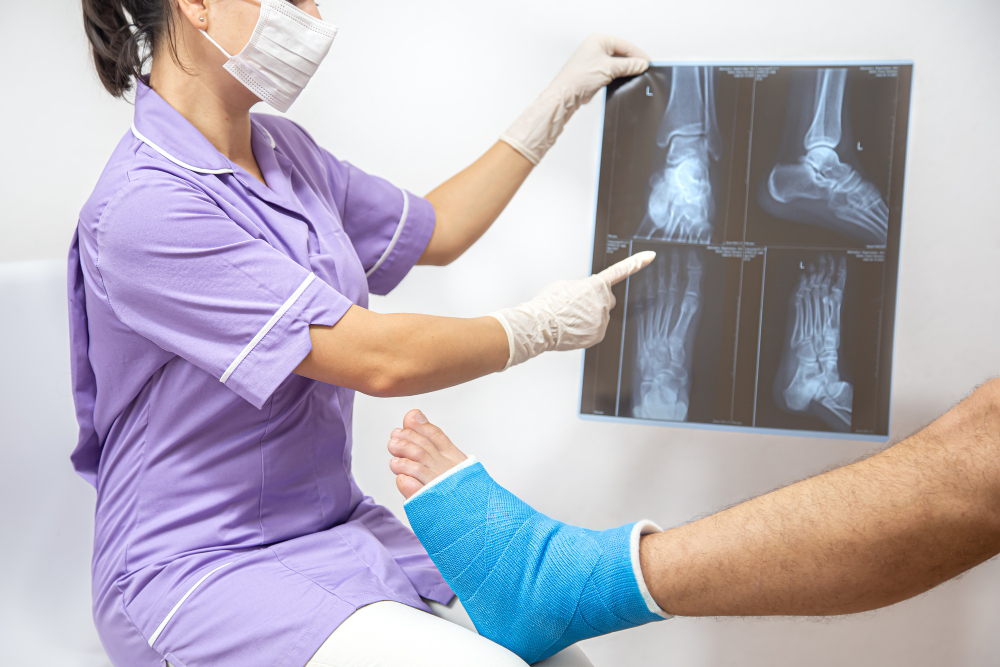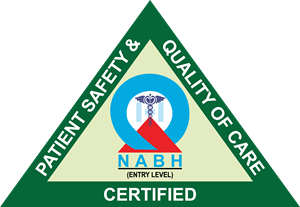Ankle Arthroscopy
What Is Ankle Arthroscopy ?
Plantar fasciitis (fashee-EYE-tiss) is the most common cause of pain on the bottom of the heel. Approximately 2 million patients are treated for this condition every year.Plantar fasciitis occurs when the strong band of tissue that supports the arch of your foot becomes irritated and inflamed.

Why Is TREATMENT ?
More than 90% of patients with plantar fasciitis will improve within 10 months of starting simple treatment methods. Rest. Decreasing or even stopping the activities that make the pain worse is the first step in reducing the pain. You may need to stop athletic activities where your feet pound on hard surfaces (for example, running or step aerobics). Ice. Rolling your foot over a cold water bottle or ice for 20 minutes is effective. This can be done 3 to 4 times a day. Nonsteroidal anti-inflammatory medication. Drugs such as ibuprofen or naproxen reduce pain and inflammation. Using the medication for more than 1 month should be reviewed with your primary care doctor. Exercise. Plantar fasciitis is aggravated by tight muscles in your feet and calves. Stretching your calves and plantar fascia is the most effective way to relieve the pain that comes with this condition.
1) The patient has been assessed by the OASIS Services as suffering from end-stage osteoarthritis suitable for referral for consideration of surgery 2) The patient has fully engaged with conservative measures for a period of up to 3 months and this has failed to improve the symptoms of the patient. 3) The patient: a) Is suffering from moderate or severe pain with moderate or severe functional impairment. b) Has significant instability of the knee joint with moderate functional impairment, c) Has radiological features of severe disease with moderate functional impairments; d) Has radiological features of moderate disease with moderate functional impairment or instability of the knee joint 4) The patient has severe persistent pain that is causing severe functional impairment which is compromising their mobility to such an extent that they are in immediate danger of losing their independence and joint replacement would relieve this, and conservative management as set out in this policy is contra-indicated. 5) The patient is at risk of destruction of their joint of such severity that delaying surgical correction would increase the technical difficulties of the procedure
What Is Surgical Treatment ?
Surgery is considered only after 12 months of aggressive nonsurgical treatment. Gastrocnemius recession. This is a surgical lengthening of the calf (gastrocnemius) muscles. Because tight calf muscles place increased stress on the plantar fascia, this procedure is useful for patients who still have difficulty flexing their feet, despite a year of calf stretches. In gastrocnemius recession, one of the two muscles that make up the calf is lengthened to increase the motion of the ankle. The procedure can be performed with a traditional, open incision or with a smaller incision and an endoscope, an instrument that contains a small camera. Your doctor will discuss the procedure that best meets your needs. Complication rates for gastrocnemius recession are low, but can include nerve damage. Plantar fascia release. If you have a normal range of ankle motion and continued heel pain, your doctor may recommend a partial release procedure. During surgery, the plantar fascia ligament is partially cut to relieve tension in the tissue. If you have a large bone spur, it will be removed, as well. Although the surgery can be performed endoscopically, it is more difficult than with an open incision. In addition, endoscopy has a higher risk of nerve damage. Complications. The most common complications of release surgery include incomplete relief of pain and nerve damage. Recovery. Most patients have good results from surgery. However, because surgery can result in chronic pain and dissatisfaction, it is recommended only after all nonsurgical measures have been exhausted.
Clinical Services
Facilities
24 Hours Services



